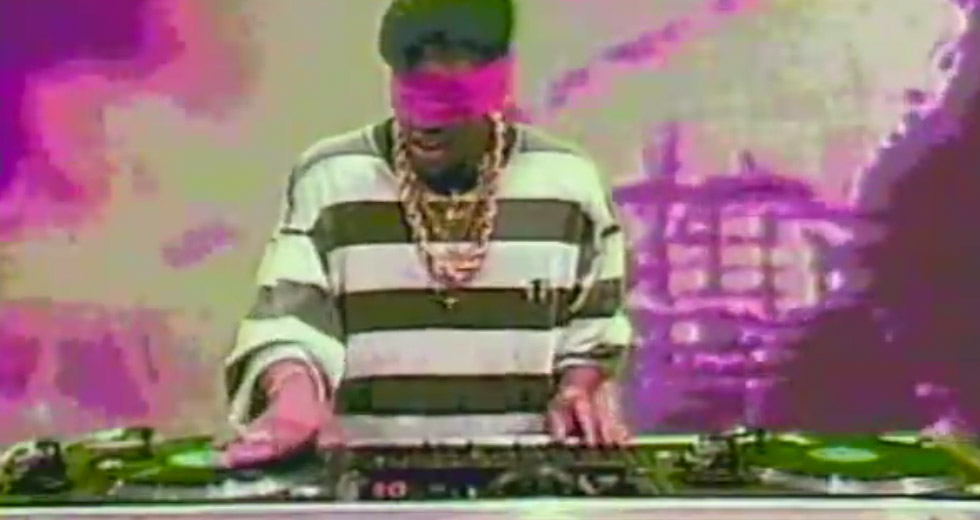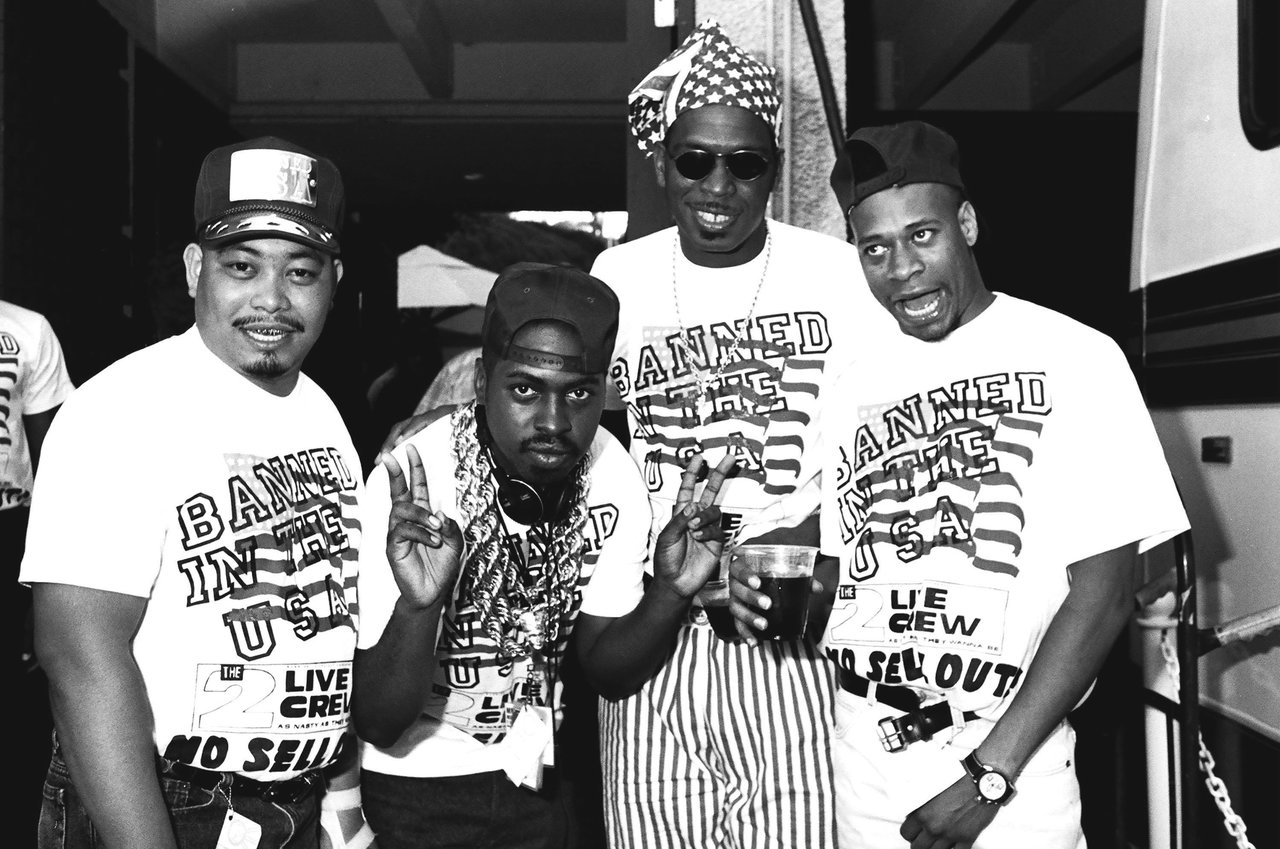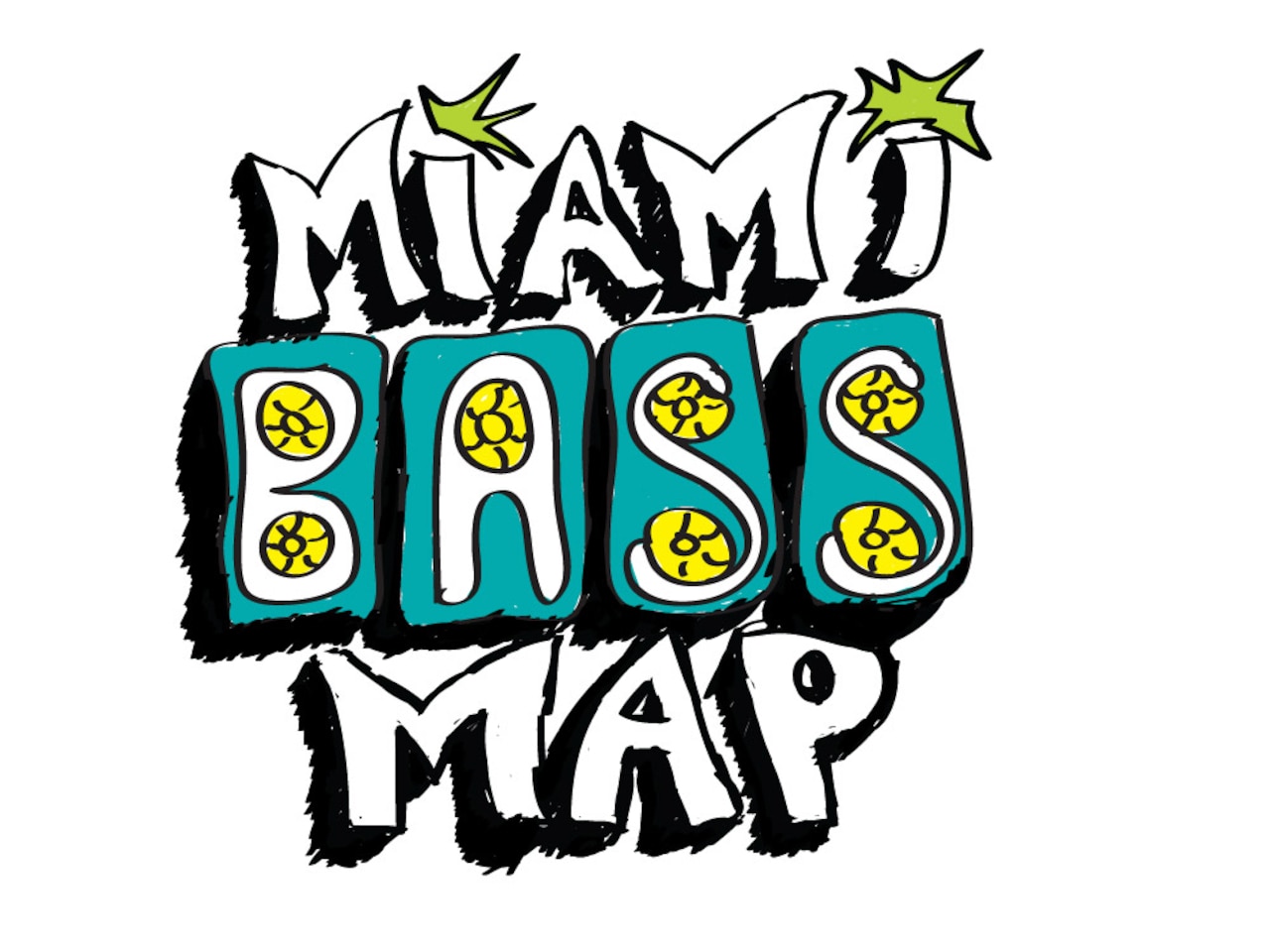
The 305’s Sub Monuments
In Miami, bass is king. In fact, there are so many record labels, stores, clubs, radio stations and studios that it’s hard to keep track of everything sub-related in Liberty City. That’s why we asked writer Dave Tompkins and illustrator Brad Beatson to team up for a general survey of the bass landscape in Miami. Click on the names below the map to find out more information about their contribution to Miami Bass history.

The Monuments
NORTH MIAMI
Bass Station // Pandisc // Vision
MIAMI GARDENS & GOLDEN GLADES
Studio 183 // Peaches
BROWNSVILLE & LITTLE HAITI
NW 15th Ave // Superstars Roller Tech // Pac Jam // Music Specialist International // Pac Jam (54th Street Location)
VIRGINIA KEY BEACH
DOWNTOWN
Hot Productions // Joey Boy Records // WEDR // Circle House
WEST PALM BEACH
Cut It Up Def
FT. LAUDERDALE
4-Sight Records

Bass Station
119th Street near 19th Avenue
Located in a retired bowling alley down from Bob Perry’s Blue Note record store, Bass Station was a co-branding of label and club backed by ex-Marine dope entrepreneur Norberto Morales and the Triple M DJs (Miami Money Makers). Members included P Man Sam Ferguson (originally of Space Funk) and the absurdly talented DJ Eric Griffin. All three are now deceased, but P Man’s electro-boogie classic “Rock It Baby” is a 12-inch memorial that respectfully dismantles “Saturday Love.” By the late ’80s, Griffin had his own label (Never Stop) while effortlessly clowning the rules of sampling and programming. The first Bass Station release, Dynamix II’s “Just Give the DJ A Break,” is one of those tracks that even the Miami Bass scoffers respect, mainly because of the production work of Griffin and Dynamix’s Dave Noller and Lon Alonzo. Bottom gets tuned, vocoder says “Toilet Bowl” and English synth pop act Visage goes electro-funk, despite themselves.
[Back to the full list]
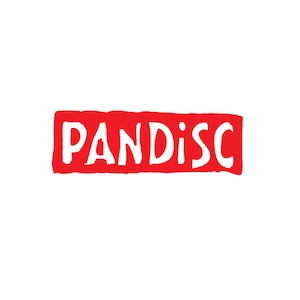
Pandisc
13116 NW 7th Avenue
A former disco DJ, Pandisc CEO Bo Crane once described Miami Bass as pop culture thrown into a garbage can blender. To wit: The Young & Restless skeevy wonder hit “Poison Ivy,” where daytime soap meets cautionary STD tale. The Pandisc roster also included various aliases attributed to James McCauley (the Roger Corman of Miami Bass), myriad contributions to the car audio bass scene (many by former reggae engineer Neil Case), DJ Laz and, in a city where deeds often change hands and landscapes, the Music Specialist catalog.
[Back to the full list]
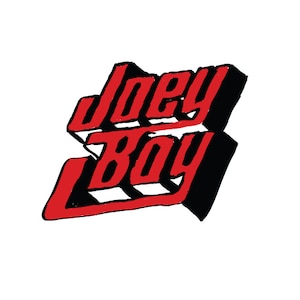
Joey Boy Records
3081 NW 24th Street - Street View
Joey Boy made up for “Do the Alf” with the future-scrambled 12-inch “Good to the Last Dub,” in which the 15-year old Ladi Luv seems to be toggling her rap into a pulse phone on redial to Germany. There was nothing like it in Miami, nor anywhere else. Along with pre-Exposé Freestyle vocalists, Joey Boy would sign multi-instrumentalist Calvin Mills (then a refugee from Music Specialist) who collaborated with Disco Rick on the label’s first major hit “Your Mama’s on Crack Rock.” The world’s most expensive electro record about professional wrestling was also on Joey Boy. Trucker historians should note that Joey Boy shared offices with the people behind the “I-95 Asshole Song.”
[Back to the full list]

NW 15th Ave between MLK and NW 71st
Street View
Once the namesake of a LeJuan Love song, 15th Avenue would also give Trick Daddy plenty of raw material growing up in poverty among crooked police and dope houses. 15th Avenue would be shut down for some of Miami’s more memorable block parties, from the early mobile DJ scene with Luke and Ghetto Style DJs to the legendary yeller over records at high speeds DJ Uncle Al, a community hero who was killed in his Opa-locka home, which also doubled as his pirate radio station. Five years ago, there was a push to rename this stretch DJ Uncle Al Blvd, through Liberty City’s Pure Funk DJs and their pirate station Hot 97, where one can wake up to Cybotron on a Saturday morning.
[Back to the full list]
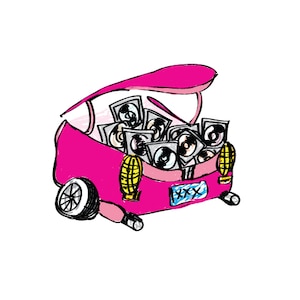
Hot Productions
495 SE 10th Court
After disco seemingly bit it overnight, Henry Stone diversified his TK empire (home to x-rated rap pioneer Blowfly), extending his distribution tentacles to electro-funk (Newcleus!) and Miami Bass. With Instant Funk’s Larry Davis and Disco Rick, Joe Stone co-produced Gucci Crew II and sold singles from the trunk of his car in the Pac Jam parking lot. (Few things in this world make me happier than the 808 delay on Gucci Crew’s “Dating Game”). Hot Productions also gave us the lucrative mall girl sensation L’Trimm (a car bass exponent) and Stone’s own group 2 Live Jews, whose very existence was threatened when Roy Orbison’s ghost sued 2 Live Crew for their fur-flown parody of “Pretty Woman.”
[Back to the full list]
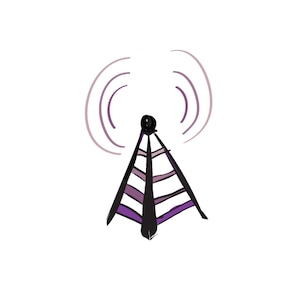
WEDR
A voice of both outrage and calm for the community during the Liberty City riots in May 1980, WEDR station manager Jerry Rushin would later mentor and groom younger Bass artists and DJs. EDR DJ Steven J. Grey would convince the station to allow DJs like 2 Live Crew’s Mr. Mixx do live mix shows on weekends, which was also crucial in helping break new records. Radio ads often had the same drop-out duck style (also called “regulatin’”) of DJing popular on pirate frequencies, creating a sub-genre on their own.
[Back to the full list]

Vision
13385 Dixie Highway - Street View
Former teen idol/snake horror film star Steve Alaimo helped build the Vision Records label (with Criteria engineers Ron and Howard Albert) after leaving the TK machine. I imagine driving along the Dixie Highway en route to the Everglades, the low-end of civilization, and stopping by Vision to cop Beatmaster Clay D’s “T---y Beats” – a perfect minute of South Florida quake produced by a dude relocated from Texas by way of Planet Patrol and Michael Jackson. Clay D would also produce Prince Rahiem, “Boot the Booty” and “Rock the House” with DJ Magic Mike, who went on to release over ten albums with the Orlando-situated Cheetah Records.
[Back to the full list]
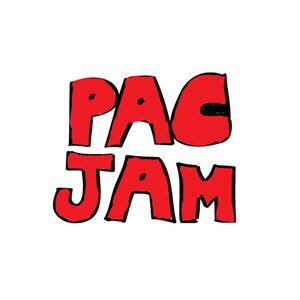
Pac Jam (54th Street Location)
54th and NW 12th Avenue - Street View
Uncle Luke opened up his tiny Pac Jam club within walking distance, so kids wouldn’t have to commute to less hospitable white neighborhoods outside Liberty City. Pac Jam was also the site of Luke’s Bass 91.7 station, set up by pirate radio operative Steven J. Grey. Luke and unsung Ghetto Style DJs like Chico would broadcast live on location, as Pac Jam became a proving ground for new records. Photographed as the backdrop for 2 Live Crew’s first album 2 Live Is What We Are, Pac Jam may have violated OSHA standards with its sternum-caving bass.
[Back to the full list]
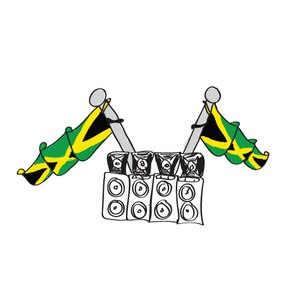
Circle House
45 NW 5th Street - Street View
If bass is the objective and you live in Miami, it’s conducive to be in a studio run by Jamaican experts in sub warfare. 2 Live Crew’s second album Move Somethin’ would be engineered at Circle House, a studio owned by Inner Circle, known for “Bad Boys,” the theme to the reality TV show Cops. (Often featuring 2 Live Crew nemesis Sheriff Nick Navarro.) Joining 2 Live Crew on the Circle House walls of gold and platinum records are releases by Hot Boyz, Lil Jon and Trick Daddy, essentially mapping Miami Bass to hip hop in New Orleans and Atlanta via Kingston soundsystem boom.
[Back to the full list]
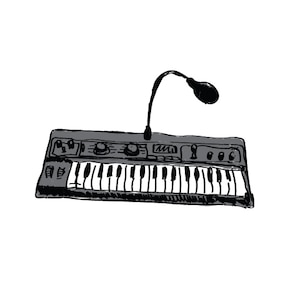
4-Sight Records
Lauderhill Mall - Street View
Ask Usher Raymond if he remembers his brief visit to 4-Sight in Fort Lauderdale, when the Bass Mechanic took him to R&B boot camp. Billy Hines’ label originated at Royal Sounds – a record store inside a 88-acre flea market – and released vocoder singles by Hines’ teenaged son Adrian (MC A.D.E..’s “Bass Rock Express,” “Bass Mechanic”), The Maggotronics’ minimal electro-funk “Radio Mars,” Gigolo Tony and the first single by Atlanta’s MC Shy-D. 4-Sight also worked with in-house future bass producers James McCauley (Maggotron himself), Amos Larkins (bass pioneer whose resume needs its own cartographer ) and Frank “Thumbs” Cornelius (of the soul group Cornelius Brothers & Sister Rose). A young kid from New Orleans named Mannie Fresh would also visit 4-Sight.
[Back to the full list]
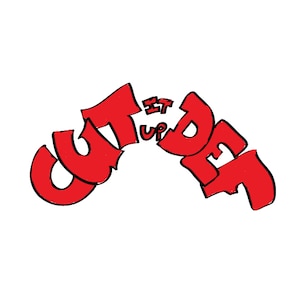
Cut It Up Def
4136 10th Ave N, Lake Worth
Areas north of Miami, like Fort Lauderdale and Palm Beach, often get lumped in due to the common bottom denominator. Palm Beach had its own scene with Dynamix II’s strain of “techno bass,” DJ KJ and MC Kooley C, and the pirate radio shows with Raylo and Dem Damn Dawgs. Located in West Palm Beach, Cut It Up Def gave the region a label identity, with acts like Jealous J and Jock D. The label recently put out the documentary The Bass That Ate Miami.
[Back to the full list]
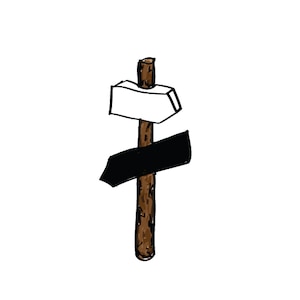
Virginia Key Beach
Street View
I like the idea of Geto Boys, Poison Clan, 2 Live Crew and 8-Ball & MJG performing with a mountain of subwoofers on a barrier island that also hosts a sewage plant, an oil depot, a marine biology school and the National Oceanic Atmospheric Administration. This once-segregated beach made local headlines when early pre-bass mobile DJ crews like Jerry Jarvis and his Monster Jocks and Tiny Head of South Miami DJs threw parties in the late ’70s. Other early mobile DJ crews like Party Down DJs and Space Funk would follow suit. Luke learned to swim here.
[Back to the full list]
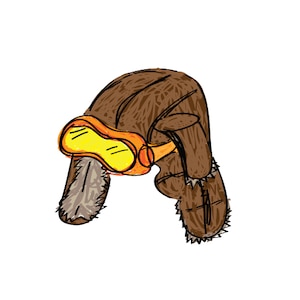
Music Specialist International
71st Street & N. Miami Avenue - Street View
Producer/tech eccentric Pretty Tony Butler created his laser-clean hybrid of teen vocoder electro and Latin Freestyle in the back of this old tailoring warehouse in Little Haiti. This independent label’s small but platinum roster consisted of Trinere (Butler’s girlfriend at the time), three incarnates of Freestyle (one in Knievelian motocross suits), Peaches record store clerk Debbie Deb and Butler himself, who wore leather aviator headflaps in the studio. “Freak-a-thons” ensued.
[Back to the full list]
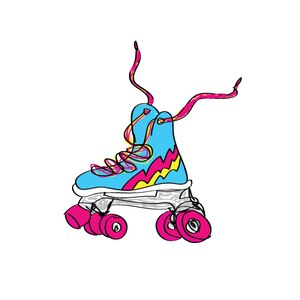
Superstars Roller Tech
79th Street and Miami Avenue - Street View
Co-owned by Miami Dolphin All-Pros Nat Moore and Larry Little, Superstar Rollerteque was one of the first rinks with a mainly black clientele, helping launch the careers of mobile DJs like Pretty Tony and Luther Campbell. Kids would skate backwards to “Rock Lobster” and “Ring My Bell.” Located close to I-95, the rink was later run by Gucci Crew’s Disco Rick Taylor, present manager of the mega-strip club King of Diamonds. The space is now mini storage.
[Back to the full list]
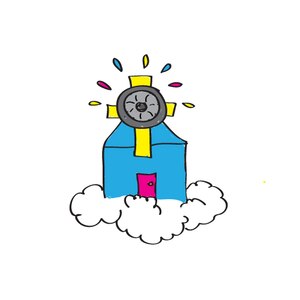
Pac Jam
8400 NE 2nd Avenue - Street View
By the “Me So Horny” portion of the ’80s, Luke’s club relocated and expanded to serve as the label headquarters before finally ending up on Biscayne. (Though named Luke Skyywalker Records, the label was a partnership among all four 2 Live Crew members.) At the time, Luke was flying in artists like Scarface, Schoolly-D and Public Enemy into Opa-locka Executive Airport on a private jet owned by his brother/aspiring astronaut Stanley. As a regular once told me, “Pac Jam was the livest fucking thing ever.” By most visiting accounts, the Pac Jam audience was hard to impress. This space where Trick Daddy Dollars was discovered is currently in God’s hands, occupied by the Grace Evangelical Baptist Church.
[Back to the full list]
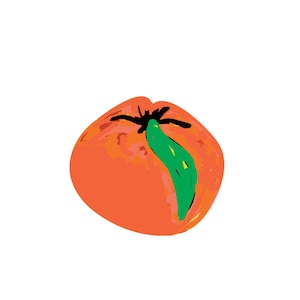
Peaches
41 NW 167th Street - Street View
On the cover of Maggotron’s album The Bass That Ate Miami, a 50-foot monster speaker named Quadzilla rips off the WEDR antenna while attacking Miami. Peaches Records, where Pretty Tony discovered Debbie Deb, was also under siege. For 12-inch singles one could also go to Mizelle’s Records, a black-owned family business at USA Flea Market at NW 79th, or Blue Note Records down the street from Bass Station.
[Back to the full list]
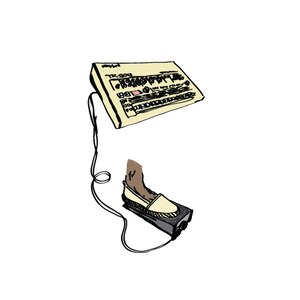
Studio 183
NW 27th Ave
Studio 183 was a former JCPenney’s that hosted a hip hop party called Miami Nights. Schoolly-D reportedly blew Miami’s mind when performing his hit “PSK (What Does It Mean?)” with a Roland 909 drum machine plugged into a thunder-foot pedal while wearing an espadrille. In the strip mall across from Studio 183 were longtime jazz record store Cam Music and the World Famous Carol Mart, a supplier of Jam Pony Express mix tapes (imported from Fort Lauderdale) and scenery for Rick Ross's “Hustlin’” video. The parking lot alone is a historic bass landmark – all that will remain once this Carol City strip mall is soon demolished.
[Back to the full list]
Header image © Brad Beatson / Dave Tompkins
